Prospect Management
During my decade-long tenure in Prospect Management perhaps one of the most frequent requests that I hear from Development staff is the cry for “more prospects”. All the prospects in the world will do no good if there is no system in place to organize, monitor, and track the work being done with them. So how do you begin to implement, never mind digest, the wealth of information at your disposal and turn it into an adaptable Prospect Management program to support your fundraising?
In the technology-driven world we live in Prospect Management, Research, and Data Analytics go hand in hand to deliver on this request and ensure there is a never-ending supply of prospects to meet the equally never-ending demand. Despite the alluring temptation of the “new” prospect, in almost every scenario your organization will more than likely find its best pool of prospects already in your database. A combination of the right coding, an efficient process, and some evaluation of your donor pool can help to not only identify prospects you may not have realized were there, but to more effectively manage and maximize prospects already on your radar. This work ultimately helps create a strategy to move them toward that first major gift.
What is Prospect Management?
At its core, Prospect Management is simply a process. This process encompasses a set of tools to help push constituents through a moves management timeline, from the identification of the potential prospect and beginning of their relationship with you through the stewardship of their gift. It’s a life cycle, of sorts, and as with anything that is cyclical it should continuously renew and see the donor move back through the process toward making their next gift. Moving a constituent through this cycle helps to strengthen their relationship with you, ignite their passion for your mission, and at its best can net you a devoted donor and advocate for life. Each step of this process is supported by a variety of vehicles. Every gift officer should manage a specific portfolio in order to take responsibility for a group of constituents and effectively track the work being done with this group. Action or contact reports should be documented throughout the process to record relationships and monitor frequency of contact. Proposals are entered to track intended ask amounts, take steps toward goals, and record responses (good and bad) to an ask. Metrics and reporting are developed to set attainable goals and help everyone stay on track. Each of these components work together toward building and maintaining a robust pipeline for your organization that not only serves the immediate need for fundraising but creates a sustainable group of committed donors.
Creating YOUR Process
Getting started with creating and managing a process for your organization can feel like a massive undertaking. While prospect management is something every organization needs, very few have the resources to house their own on-site team dedicated to this function. This is where outsourcing a third-party expert to work closely with you can be a great asset. Bringing in someone with a demonstrated history of success in this arena will set you up for positive long-term performance without redirecting or overloading your existing staff. This individual can assist with making best practice recommendations, defining terms, establishing goals and timelines, setting clear expectations, and training your team to be successful after implementation. Analyzing your existing data and helping to build processes that will work for you is an important part of a comprehensive fundraising strategy. Prospect Management is a pivotal tool that can help to not only track and report on your work but to ensure a healthy prospect pipeline and donor pool. This work is the foundation for any thriving, profitable, fundraising initiative and I would encourage you to invest in developing a strong program for your non-profit.
Write by Lauren Apt





